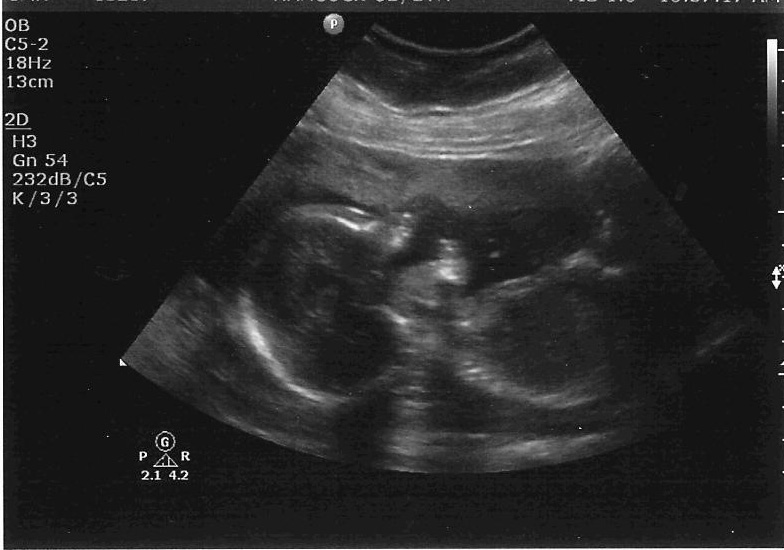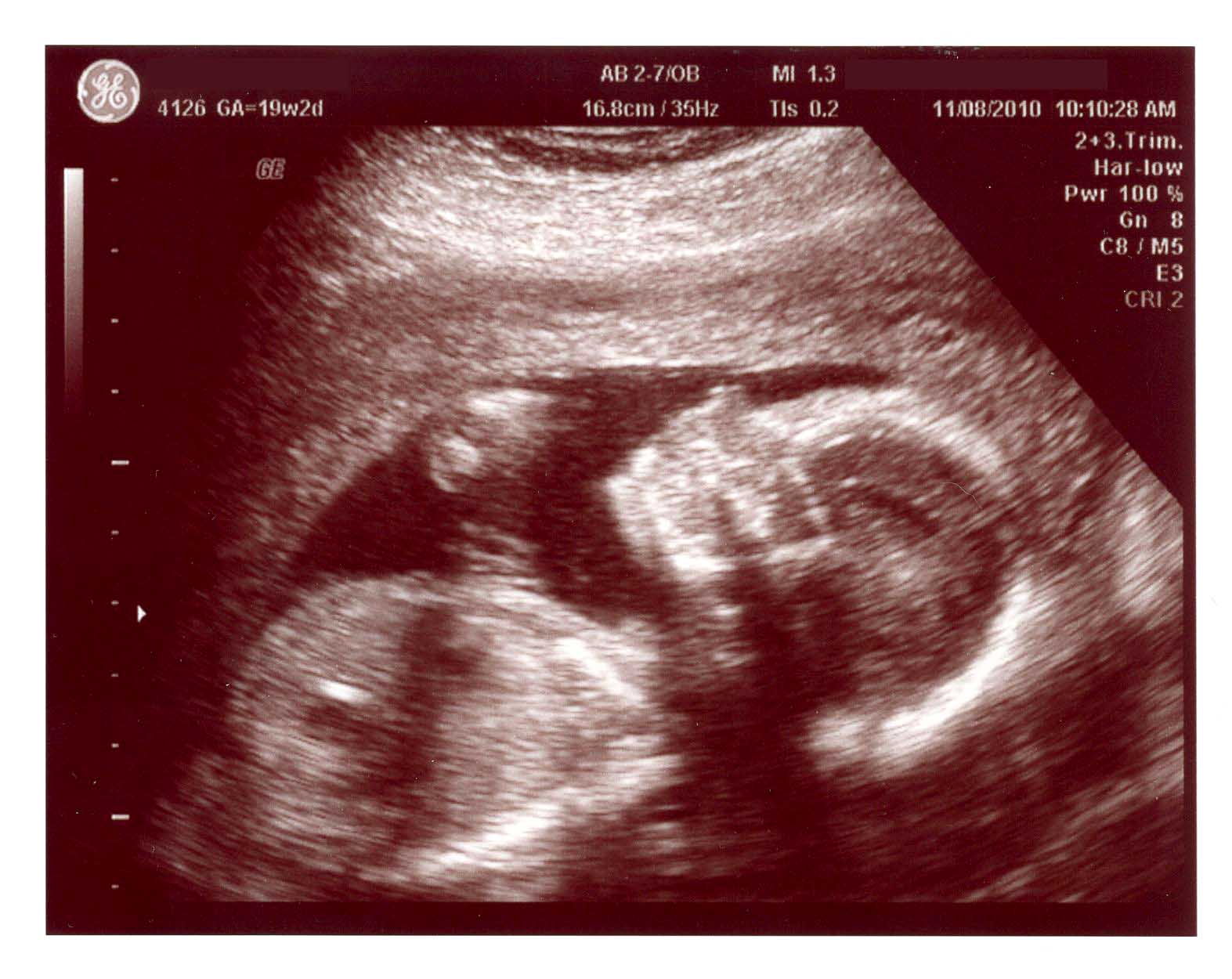

#BOY SONOGRAM FREE#
Like this post? You may also like my take on fetal sex tests based on cell free DNA. Ask! They are very likely to get it right. The methods used to detect gender at this fetal age are pretty new, so some sonographers may be hesitant to give your their best guess. If you want to learn your baby’s gender, schedule your first trimester scan for 13 weeks gestation. So, as far as I can tell, “Ramzi’s method” is pure junk science.) Moreover, it seems extremely unlikely that, if we could determine gender by something as simple as the location of the placenta, we would already know this and use this method all the time. While her paper is formatted and reads like a legitimate scientific article, it was never published in an actual scientific journal. In it, Dr Ismail claims that the placenta is almost always on the left side for girls and on the right side for boys. Saad Ramzi Ismail, which was posted to last year (and has since been removed). All of them appear to derive a paper written by Dr. (Incidentally, several websites, like this post at CafeMom and this one at About Health, claim that fetal gender can be detected with nearly 100% accuracy at the 6-8 week ultrasound using “Ramzi’s Method”. Classification by the latter method was only about 75% accurate until 14 weeks. In a follow-up study of 656 pregnancies, sonographers were again perfectly accurate by 13 weeks.Īt this point in pregnancy, using the angle of the genital tubercle is more accurate than trying to detect the labia or testes, the method commonly used to determine gender in the second trimester. By 13 weeks, there were no more misidentifications 100% of their classifications were correct. But when they guessed it was a girl, they were often wrong.īut by 12 weeks this method’s accuracy shot up to 98%. So at 11 weeks, when the sonographers guessed that a fetus was a boy, they were usually correct. They were most prone to misclassify the boys: roughly half of the male fetuses were misclassified as girls. Before then, sonographers correctly identified only 70% of fetuses. In small study of 172 pregnancies, sonographers were able to accurately detect fetal gender using this angle from about 12 weeks on. The angle of the genital tubercle is noted with faint white lines. A male fetus is shown on the left, a female fetus on the right. The ultrasound images below illustrate this. By 12-13 weeks gestation, the angle of the penis begins to point up, towards the baby’s head, while the clitoris remains flat or points slightly down. The angle of the genital tubercle is one important clue. This genital tubercle is same size in boys and girls until around 14 weeks gestation, when the penis begins to elongate.Ī sonographer therefore has to rely on more subtle clues to determine gender in the first trimester.


The genitalia are just starting to develop from their root, the “genital tubercle,” which slowly develops into either a penis or clitoris. Male and female fetuses look pretty similar throughout most of the first trimester. The key is scheduling your scan towards the end that window. The latest research, however, suggests we can learn the gender months earlier, during the ultrasound for the first trimester screen, which is performed sometime between 11 weeks 0 days to 13 weeks 6 days of gestation. By that time, the penis, testes, and labial folds are clearly visible on an ultrasound. Until recently, forging genetic testing meant we had to wait until the second trimester screening to learn our baby genders, sometime around 18 to 20 weeks gestation. (New blood-based tests that rely on cell free DNA can detect your baby’s gender as early as 9 weeks, without increasing the risk of miscarriage, but these are only about 95% accurate in the first trimester). But since this test carries a slight risk of miscarriage, many of us choose not to have it performed. Genetic testing through CVS remains the most accurate way to determine fetal sex in the first trimester. The good news for people like me: ultrasounds can now detect a baby’s gender as early as 12-13 weeks gestation. Pretty much the second I learned I was pregnant, I started trying to figure out if it was a boy or or girl. The feminist in me feels guilty about this, but I never wanted to wait that long. Kudos to people who can wait until the birth to find out if they are having a boy or girl.


 0 kommentar(er)
0 kommentar(er)
